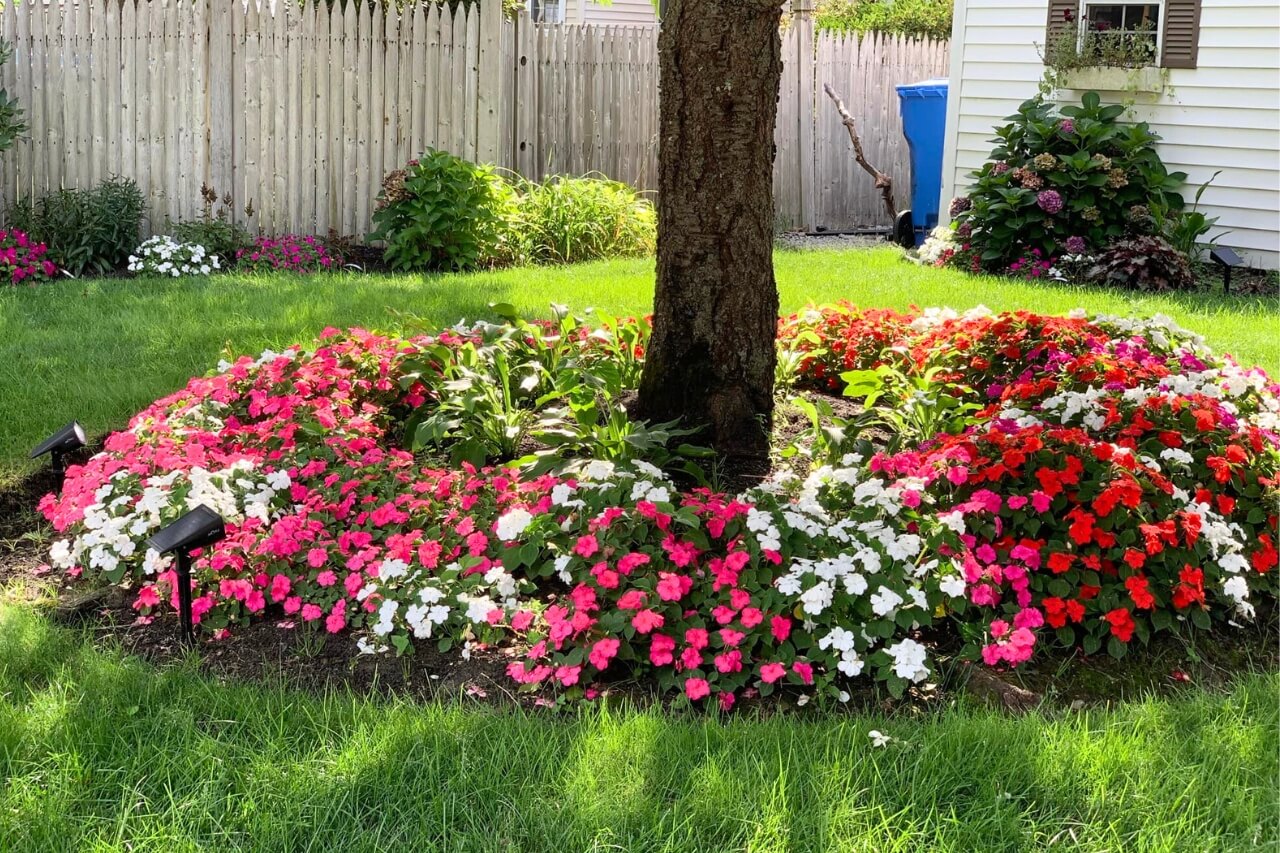In my countryside garden, there are several fairly large trees and, as you probably know, grass or flowers often struggle to grow underneath them, mainly because of the constant shade they provide.
However, those challenging areas can become some of the most beautiful parts of your garden if you know how and what to plant there. After lots of trial and error, I’ve discovered some amazing shade-lovers that actually thrive well in those tricky spots. Let’s have a look at my favorites!
Hostas

Hostas are often considered the best plants for shade gardening, and that’s for a good reason.
These hardy perennials offer stunning foliage in countless varieties, and they’re remarkably adaptable to tree root competition and filtered light conditions. Beyond their good looks, hostas also require minimal maintenance once established.
Water them deeply during dry spells, apply a layer of compost in spring, and divide overcrowded clumps every few years. Watch out for slugs and deer, though. They find hostas irresistible and can really damage your plants.
Ferns
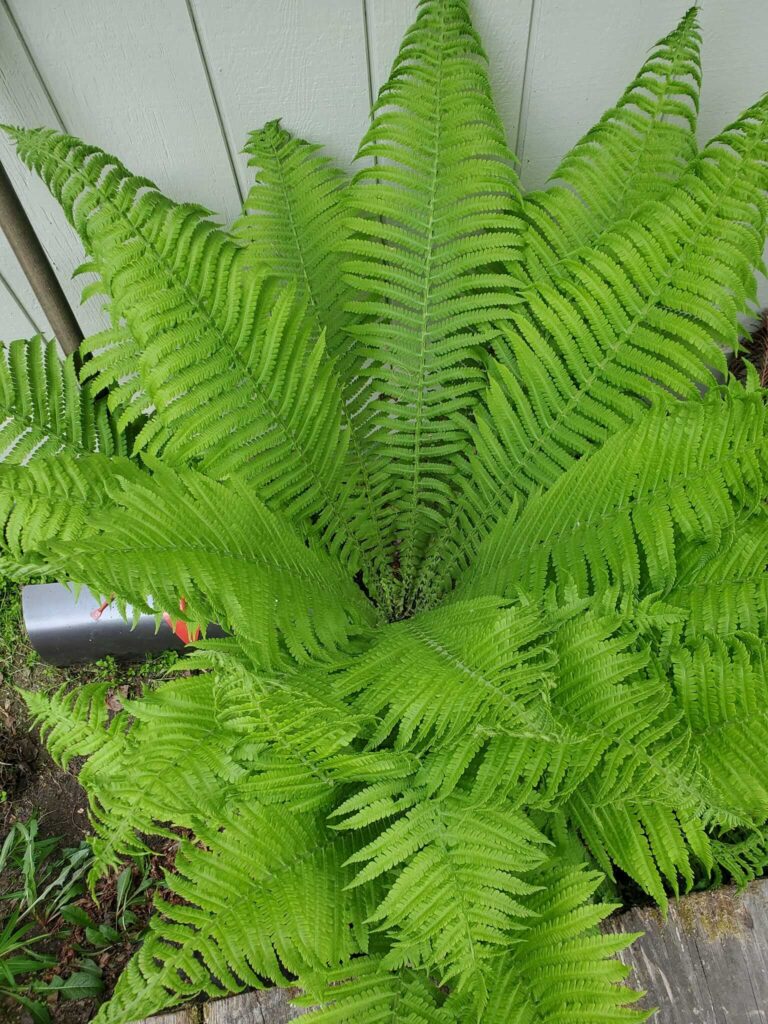
Ferns have delicate fronds that create a softening effect that few other plants can match. Plus, their fibrous root systems navigate tree roots with ease.
I recommend choosing from varieties like Japanese painted fern for a silver-blue contrast, or an autumn fern for copper-colored new growth.
Just keep in mind that most ferns prefer consistently moist soil, so water during dry periods and mulch well to retain moisture.
Coral Bells (Heuchera)
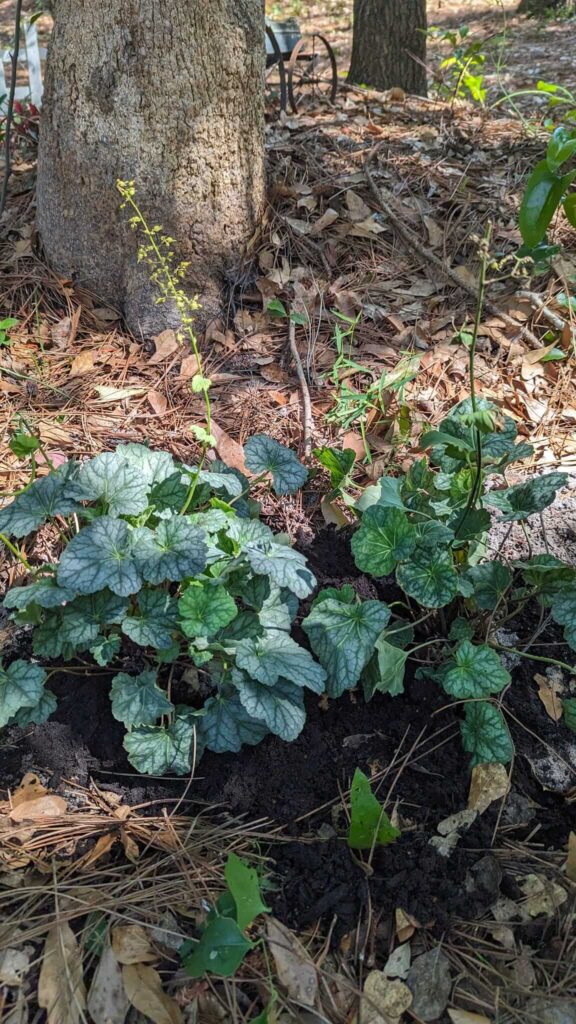
If you’re looking to add color under trees without relying on flowers, coral bells are your answer.
These compact perennials have impressive foliage of different shades, it could be purple, amber, lime green, silver, and nearly black, and their shallow root systems make them perfect companions for trees.
Additionally, coral bells appreciate a bit of morning sun with afternoon shade and good air circulation. For this reason, they’re perfect under big trees.
Just remember to plant them where water doesn’t pool, and divide every 3-4 years when centers begin to weaken.
Japanese Pachysandra

When you need a reliable groundcover that can handle the toughest conditions under trees, Japanese pachysandra is often the best choice. This plant creates a dense carpet of glossy green leaves that suppresses weeds and prevents erosion.
Once established, it’s virtually maintenance-free and drought-tolerant. Pachysandra spreads slowly but surely through underground runners, but don’t worry, it only fills in bare spots without becoming invasive.
The only negative point, for my taste, is that it’s not very colorful. It makes very small white flowers, so it may not be the best choice if you love color.
Bleeding Heart
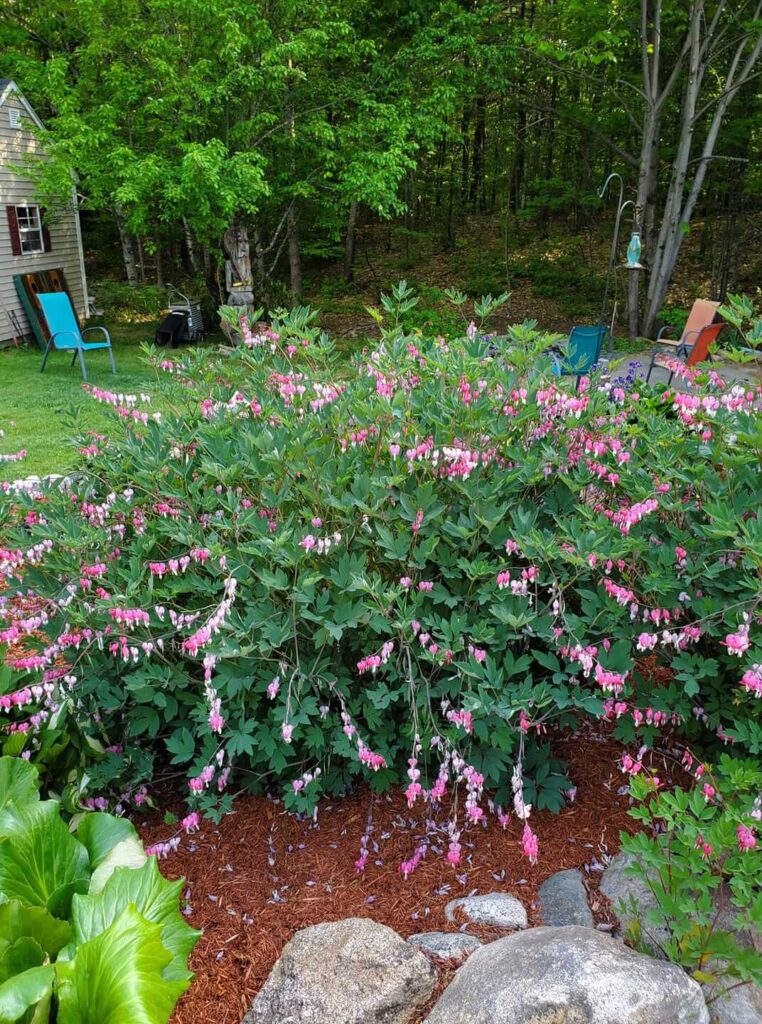
For those magical weeks in spring when trees haven’t fully leafed out, bleeding heart steals the show with its distinctive heart-shaped blooms.
This famous plant (and old-fashioned favorite I would say) disappears underground in summer’s heat. As such, it pairs well with later-emerging plants.
Bleeding hearts thrive in the rich, moist soil that mimics their woodland origins. Plant them where spring sun filters through not-yet-leafy branches. Remember to apply a layer of leaf mulch in fall to insulate roots and feed the soil.
Dead-nettles (Lamium)
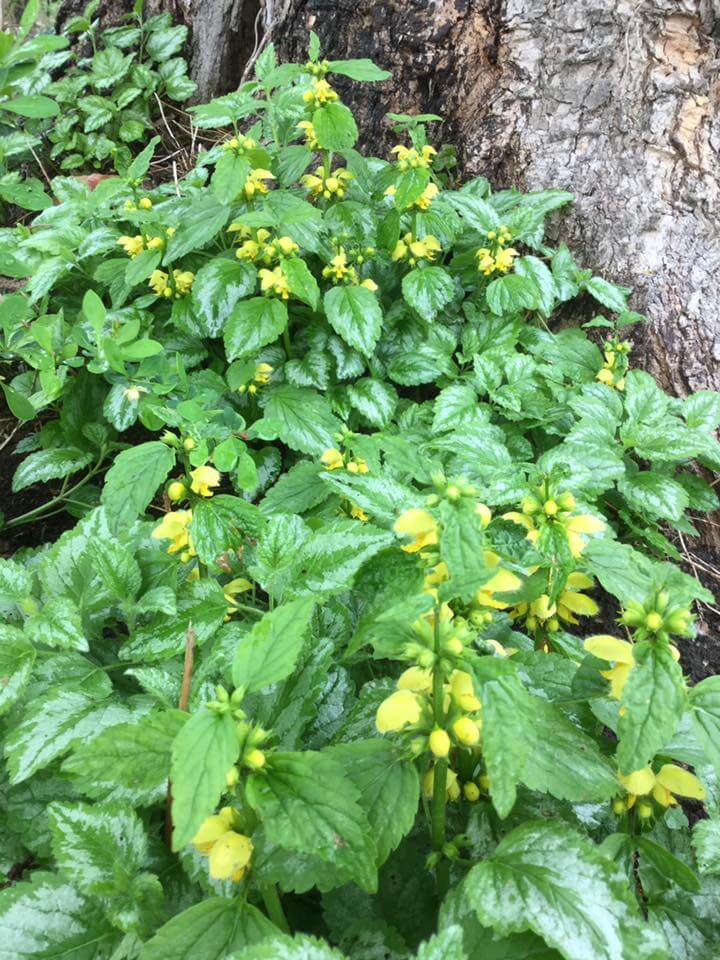
Other plants that go well under trees are the dead-nettles, but please don’t let the unappealing name fool you!
Dead-nettles are a low-growing perennial groundcover that offers silvery-patterned leaves that brighten dim areas. Their dainty flowers come in pink, purple, or white, which pollinators adore (perfect then if you love to see butterflies in your garden).
It’s remarkably drought-tolerant once established, and deer typically ignore it. For best results, give it a quick shearing after flowering to encourage fresh growth and prevent self-seeding.
Lily of the Valley
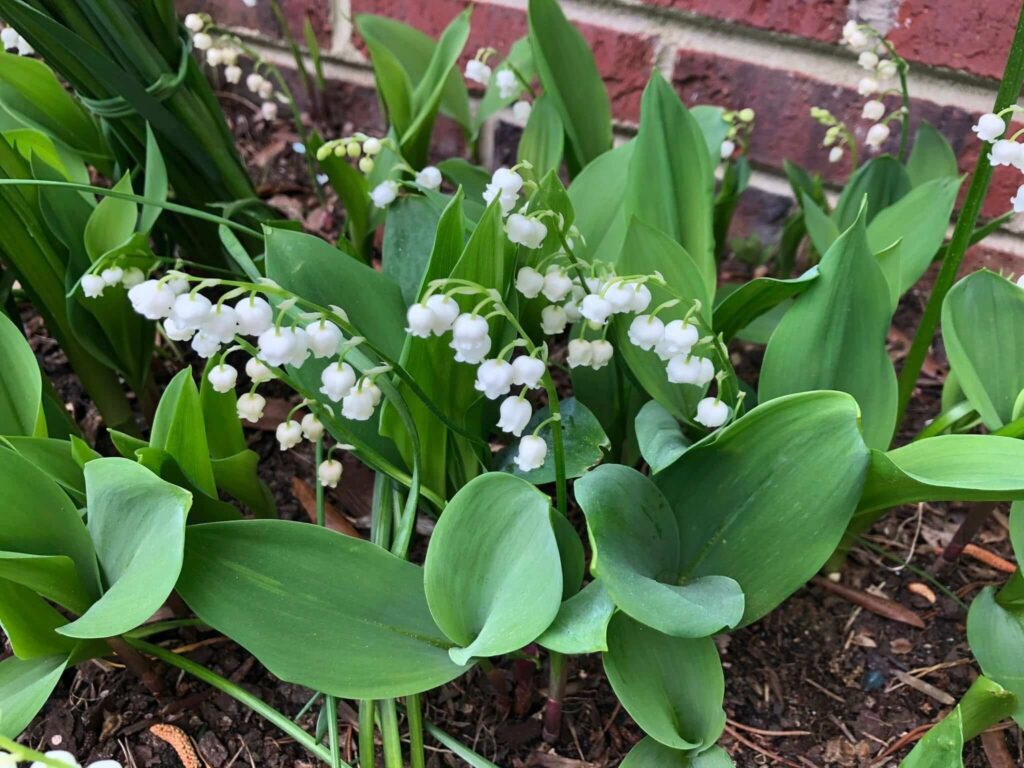
Lily of the valley deserves a spot under your trees if you really love fragrance as much as appearance.
You probably already know this plant, it produces intensely scented white bell flowers in spring, beautiful both to the eye and to the nose.
But I do need to give you two important recommendations. First, be mindful that the lily of the valley spreads enthusiastically. So, plant it where natural boundaries, such as sidewalks or lawn edges, will contain it.
Second, remember that all parts are toxic, so best to avoid them if you have children or pets. And of course, never eat the berries they produce.
Lungwort (Pulmonaria)
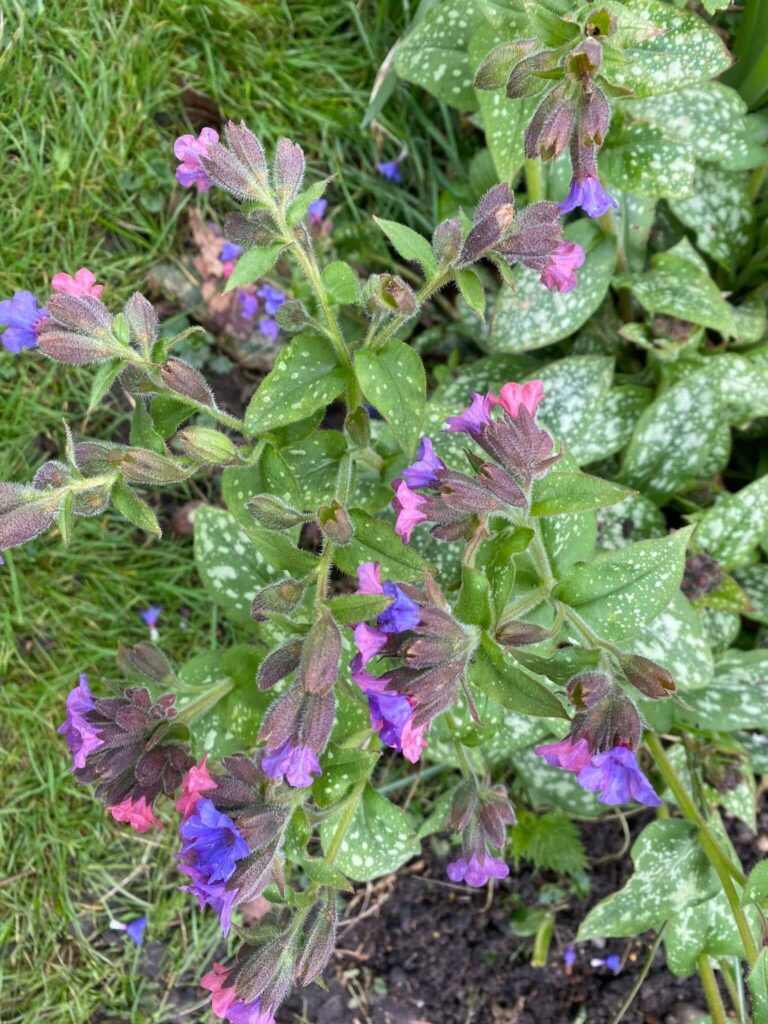
Lungwort is the multi-season performer every shade garden needs. In early spring, pink buds open to blue flowers (if you’re lucky, both colors appear simultaneously), followed by distinctive spotted foliage that persists until frost.
These tough perennials handle root competition well. If anything, they actually prefer the conditions under deciduous trees, where spring sun gives way to summer shade.
For the best results, provide moderate moisture and good air circulation to keep foliage looking its best. Remember to cut back any mildewed leaves in summer.
Ajuga (Bugleweed)
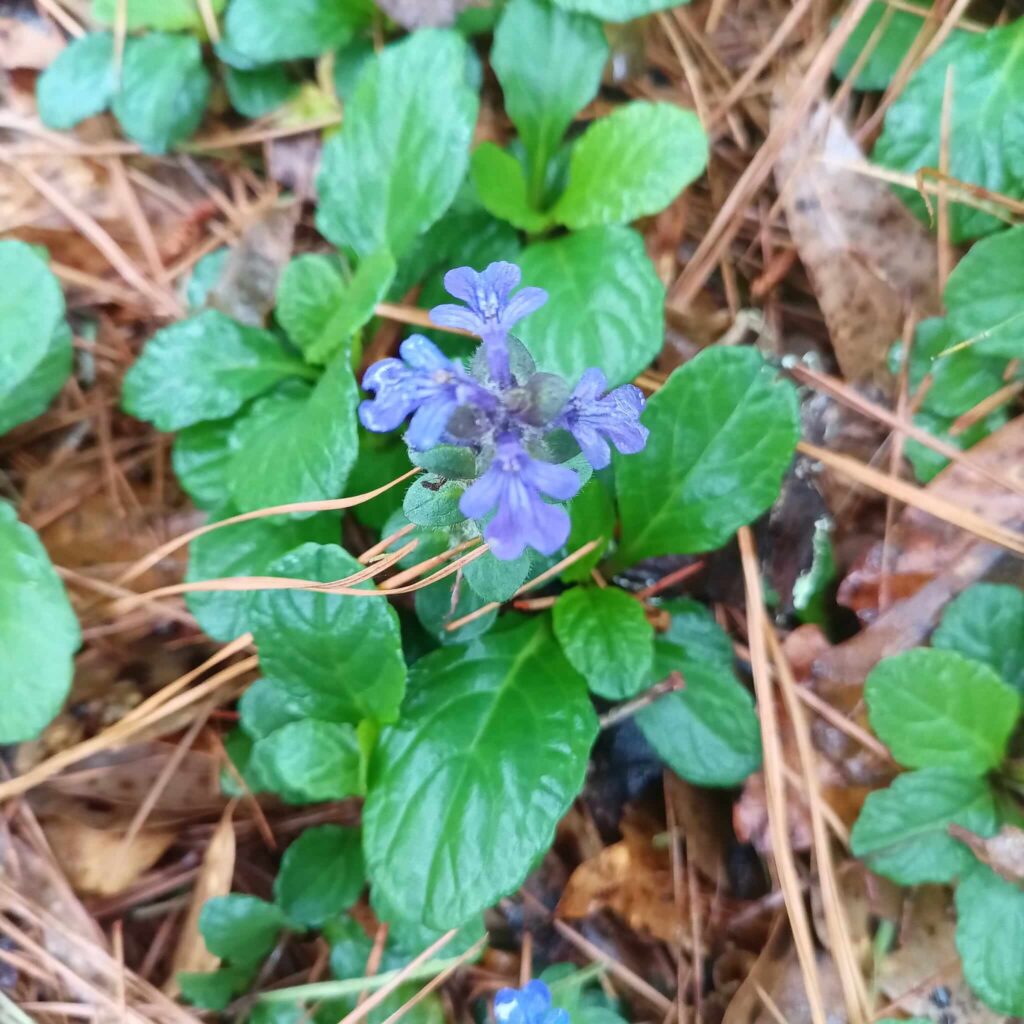
Ajuga is what you plant when you need a fast-growing, evergreen ground cover that thrives where grass fails. This adaptable perennial forms a dense mat of rosette-shaped foliage in green, bronze, or variegated patterns that suppresses weeds effectively.
In spring, short spikes of blue, purple, or white flowers emerge. Ajuga also handles poor soil and dry conditions just fine once established. Just remember to plant them 6-9 inches apart.
Siberian Iris

Siberian Iris is perfect for partly shaded areas at the edge of tree canopies. You’ll quickly fall in love with its elegant blue, purple, white, or yellow blooms in late spring.
Unlike bearded iris, they don’t require division often, and their fibrous roots compete well with tree roots. The only thing you should consider is to plant them where they’ll receive at least 4 hours of sun or dappled light throughout the day.
Obviously, in all cases, make sure to clear out any weeds before planting under the trees. In particular, clear the whole area of thorny bushes, which tend to be very invasive. I explained how to deal with them in this article.

